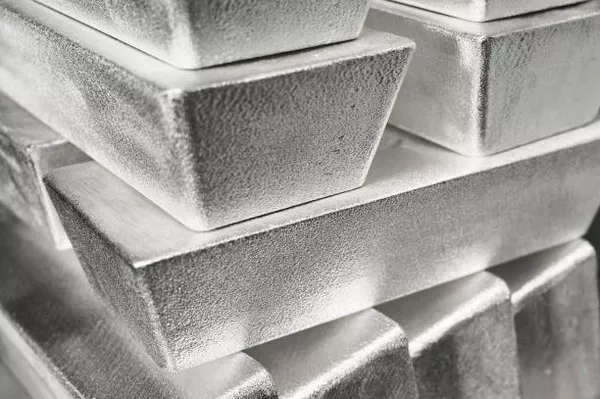In the world of investing, silver stands out as a compelling asset class with a rich history and diverse range of investment options. One popular way to gain exposure to silver is through silver stocks. This article will explore what silver stocks are, why investors might consider them, how to evaluate them, and the potential risks and rewards involved.
What are Silver Stocks?
Silver stocks are shares of companies involved in the exploration, mining, refining, or distribution of silver. These companies can vary widely in size, location, and business model. Some silver stocks are primarily focused on silver production, while others may be diversified mining companies with exposure to multiple metals, including silver.
Types of Silver Stocks
Primary Silver Producers: These companies derive a significant portion of their revenue from silver mining. They are directly impacted by changes in silver prices.
Example: First Majestic Silver Corp.
Diversified Mining Companies: Larger mining companies that produce multiple metals, including silver, alongside other commodities like gold, copper, or zinc.
Example: BHP Group
Streamers and Royalty Companies: These firms provide upfront financing to mining companies in exchange for the right to purchase a percentage of the mine’s future production at a fixed price.
Example: Wheaton Precious Metals
Why Invest in Silver Stocks?
Investing in silver stocks offers several potential advantages for investors seeking exposure to the silver market:
Leveraged Exposure: Silver stocks can offer leveraged exposure to changes in silver prices. When silver prices rise, the profits of silver mining companies can increase disproportionately.
Diversification: Silver stocks can provide diversification within a portfolio, especially for investors already exposed to other asset classes like stocks or bonds.
Potential for Growth: Rising demand for silver in industrial applications, alongside its appeal as a precious metal, can drive the growth of silver mining companies.
Dividend Income: Some larger silver mining companies pay dividends to shareholders, providing potential income alongside capital appreciation.
Evaluating Silver Stocks
When evaluating silver stocks, investors should consider several key factors:
1. Production Costs
Understanding a company’s all-in sustaining costs (AISC) per ounce of silver produced is crucial. Lower production costs mean better profitability, especially during periods of lower silver prices.
2. Reserves and Resources
Look at a company’s silver reserves and resources to assess its potential future production and growth prospects.
3. Financial Health
Evaluate the company’s balance sheet, debt levels, and cash flow. A financially healthy company is better positioned to weather fluctuations in silver prices.
4. Management and Operational Efficiency
Consider the experience and track record of the management team. Efficient operations and good corporate governance are essential for long-term success.
Risks Associated with Silver Stocks
While silver stocks can offer attractive investment opportunities, they also come with specific risks:
1. Volatility
Silver prices can be highly volatile, which directly impacts the profitability and stock prices of silver mining companies.
2. Geopolitical and Environmental Risks
Mining operations are subject to geopolitical risks, including changes in regulations, taxes, or political stability in the regions where they operate. Environmental risks and compliance with regulations can also affect operations.
3. Currency Fluctuations
Many silver mining companies operate internationally, exposing them to currency exchange rate fluctuations that can impact their financial results.
4. Operational Risks
Mining is a complex and capital-intensive industry. Risks such as labor disputes, accidents, or unexpected operational challenges can affect production and profitability.
How to Invest in Silver Stocks
Investors can buy silver stocks through various methods:
Direct Purchase: Buying shares of individual silver mining companies through a brokerage account.
Exchange-Traded Funds (ETFs): Investing in silver mining ETFs, which hold a basket of silver-related stocks.
Mutual Funds: Some mutual funds specialize in precious metals or natural resources, providing exposure to silver stocks alongside other commodities.
See Also Is Investing in 90% Silver Coins a Sound Financial Strategy?
Conclusion
Investing in silver stocks can be an appealing option for investors looking to capitalize on the potential of the silver market. However, like any investment, it’s important to conduct thorough research and consider individual risk tolerance and investment objectives. By understanding the dynamics of the silver market and the specific factors influencing silver stocks, investors can make informed decisions to potentially benefit from this unique asset class.


